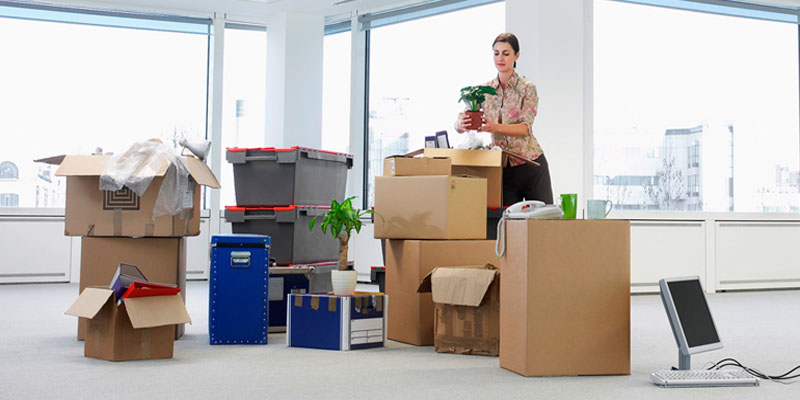One of the most important roots of disorder and disorganization is not having a designated place to keep everything, or as I call it, a “house,” a “home” for everything.
How many times do we have drawers made a wallow or shoe boxes with little things and things that we have thrown there without rhyme or reason, and how are they in the box, we even forget they are there?
It happens to me. But it is one of the difficulties I struggle against most tenaciously.
And is that the big problem we solve by having a designated place for each thing (and obviously, if we keep those things “there”), is that we will not spend hours looking for those items. It is super important to know where everything is! Things will always be where they are supposed to be, like in storage units, exactly where we put them. It would be so great!!
Tips To Designate A Place For Everything And Keep Everything In Its Place
Categorize
When ordering the multitude of objects that can be in that particular drawer, furniture, or room, we must order them logically in our mind, as we physically group them.
You have to take each thing, each paper, each piece of clothing, each object, and go grouping it with others who share the same quality, a similar characteristic: sewing materials, office supplies, batteries, photos, keys, etc. All-everything must be able to be categorized in one way or another; we must somehow manage to relate this object to others, so that it has logic, at least for us.
But neither is it worth inventing meaningless categories. For example, we cannot merely say that a category is “Things for the hands,” and stir in gloves, rings, nail polishes, and hand creams. You have to group things logically.
And if certain things present a higher difficulty to categorize them, read here, which we will see later.
To stock
After having our categories, we must find the right container to store the things belonging to that category.
We must choose the container depending on the object that is, and the frequency with which we will access those objects. For the purposes that we obtain more frequently, we must try to eliminate “steps” that hinder the process of saving: remove lids, doors, closures, etc. Things that need to be taken less frequently, or that are only for storage can be kept in a container with a lid, with a zipper, on a high part, etc.









